
This slide compares non-trauma-informed, trauma-informed, and wellbeing-centered approaches, emphasizing that wellbeing design must be rooted in trauma-informed care.

This resource is a collection of examples that connects behaviors with the Five Domains of Wellbeing and explains how the same underlying behavior can be connected to a different domain.
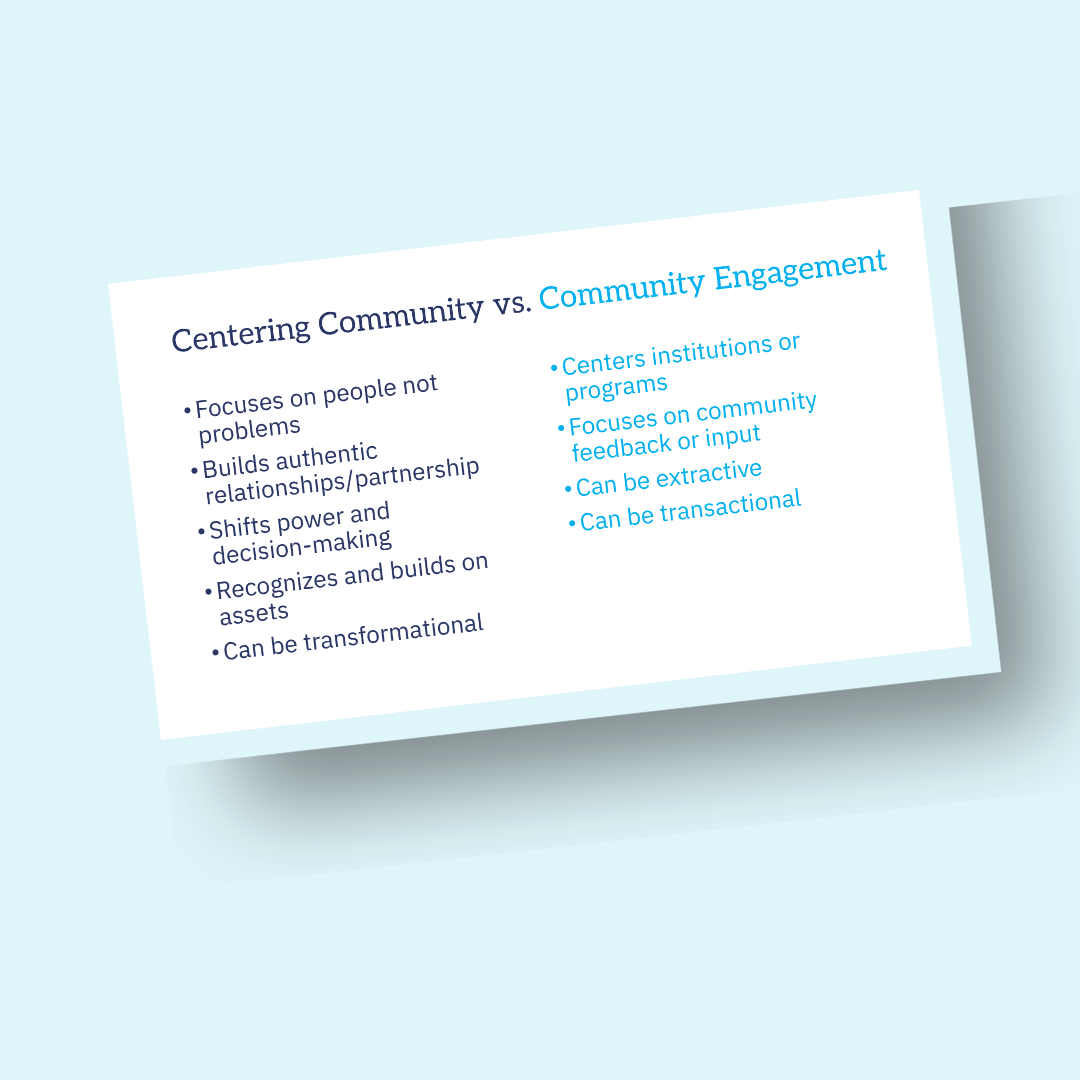
This slide highlights the differences between traditional community engagement and centering community.

This slide illustrates the difference between traditional case management and plan facilitation that focuses on what matters to the individual and shifts power.
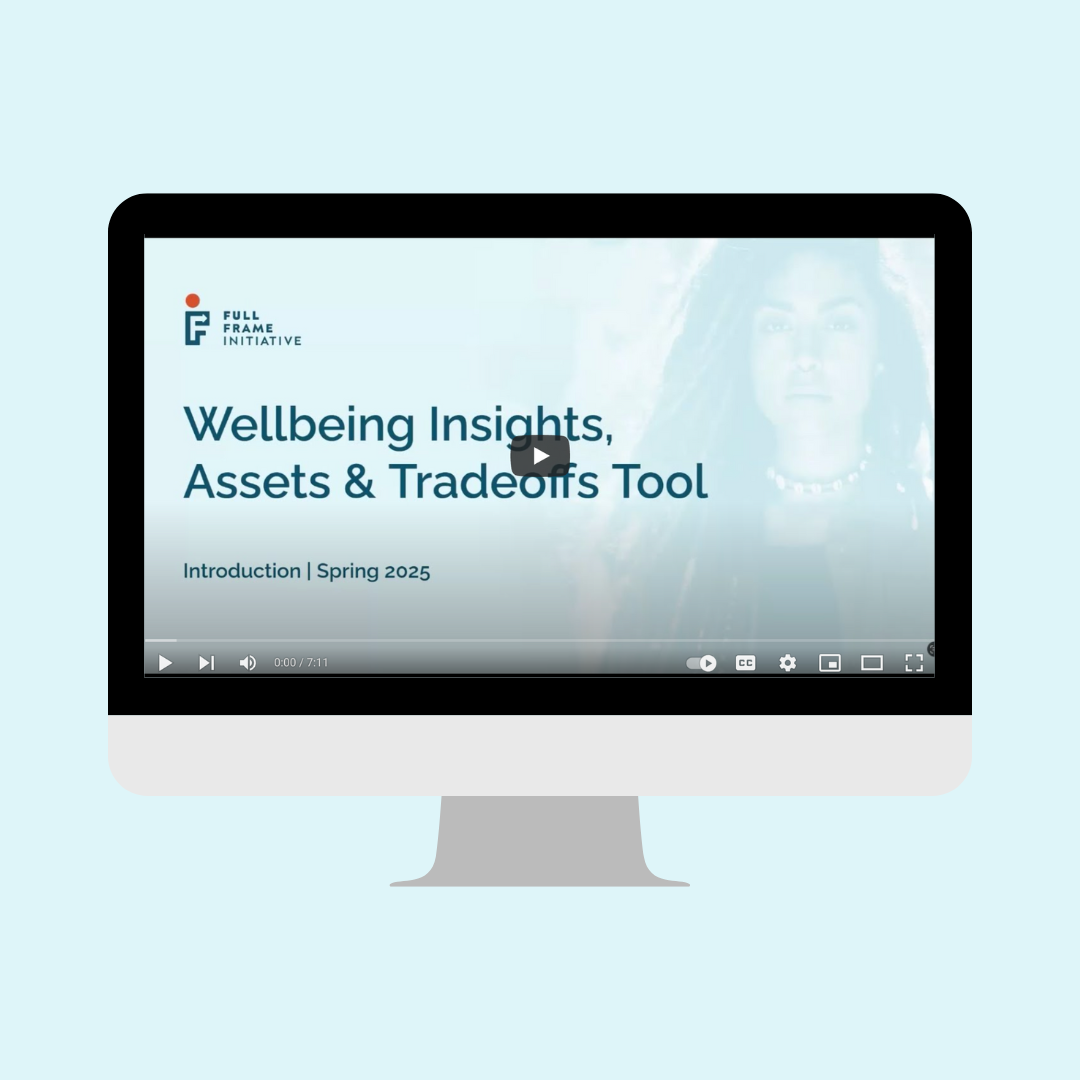
FFI's CEO Katya Fels Smyth provides an overview of the Wellbeing Insights, Assets & Tradeoffs Tool (WIATT).

This slide illustrates the difference between safety planning and wellbeing planning to support the case planning process with the wellbeing framework embedded.
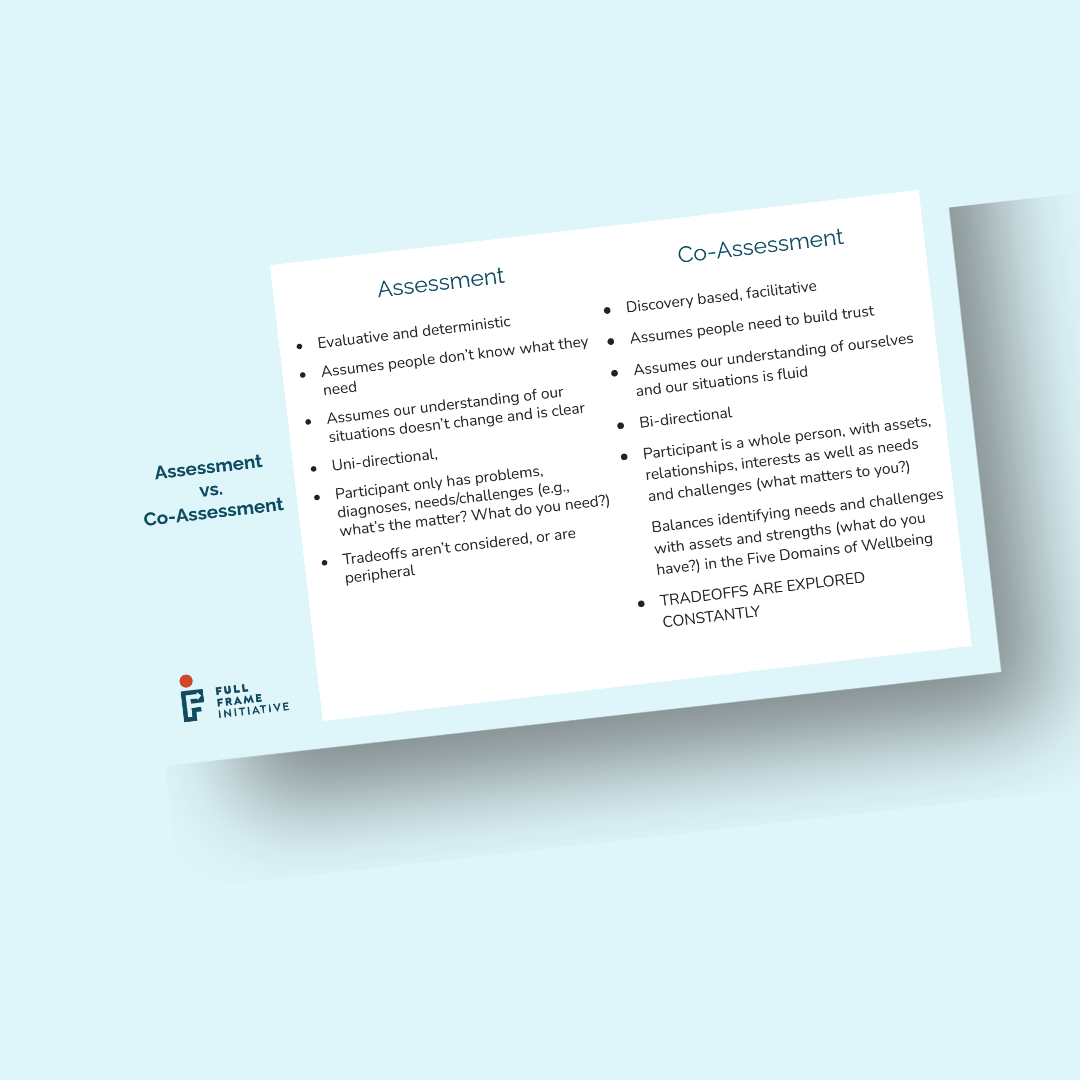
This slide illustrates the difference between traditional assessment and using co-assessment with the wellbeing framework embedded.
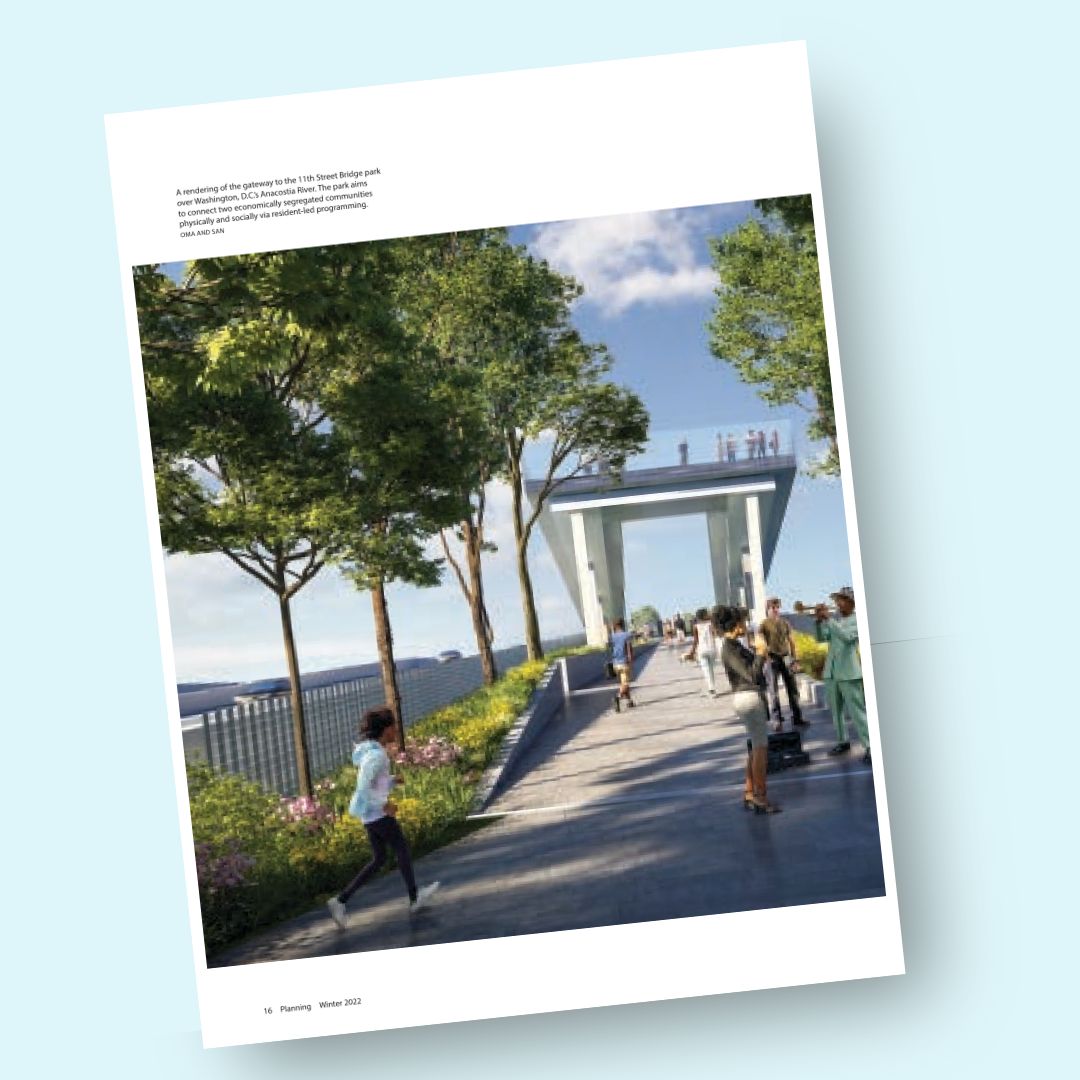
Brookings Metro Senior Fellow Xavier de Souza Briggs and Full Frame Initiative CEO Katya Fels Smyth outline a framework grounded in the Wellbeing Blueprint to guide new investments in the built environment.
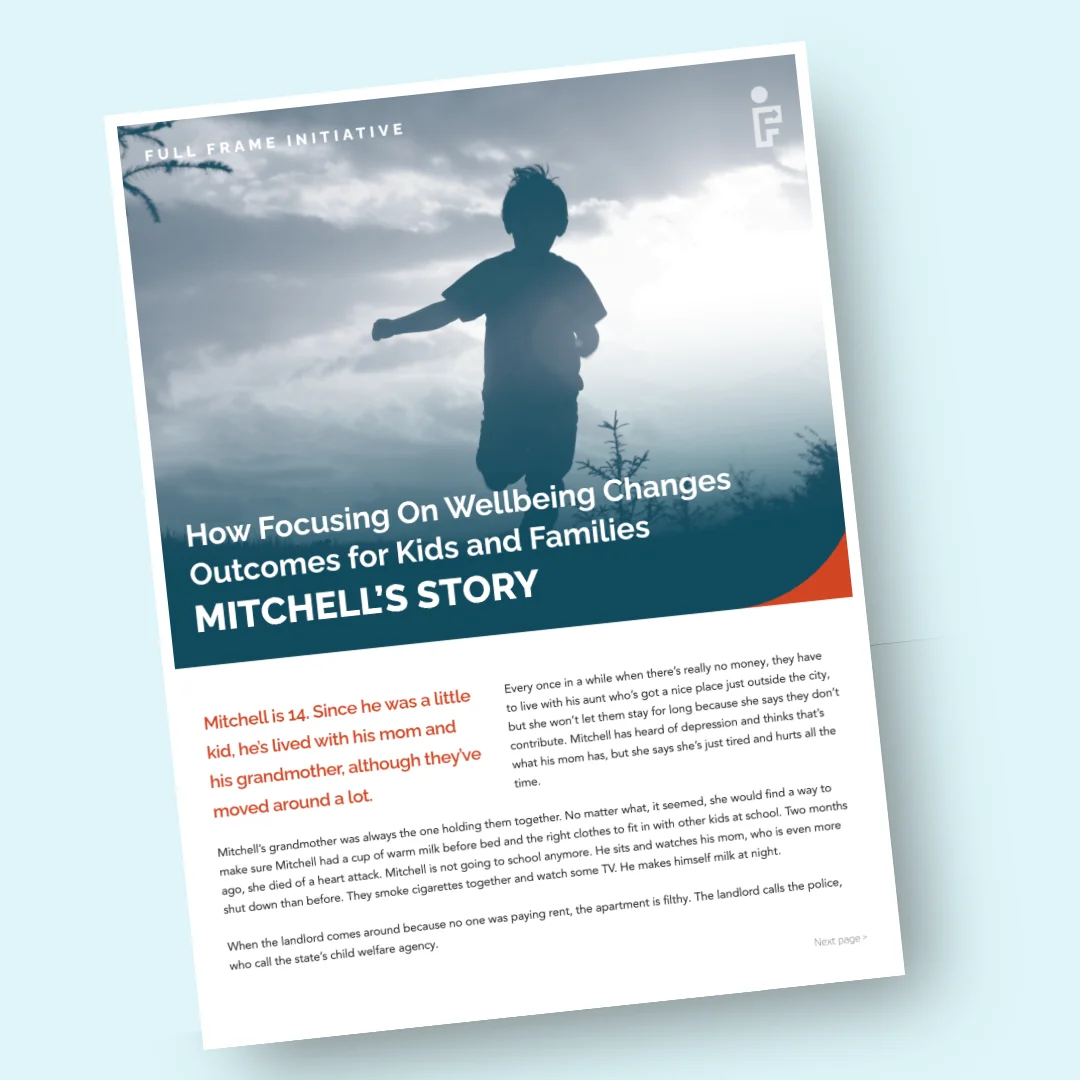
Mitchell's story is familiar, like those of a significant number of youth and families involved in the child welfare system for neglect.
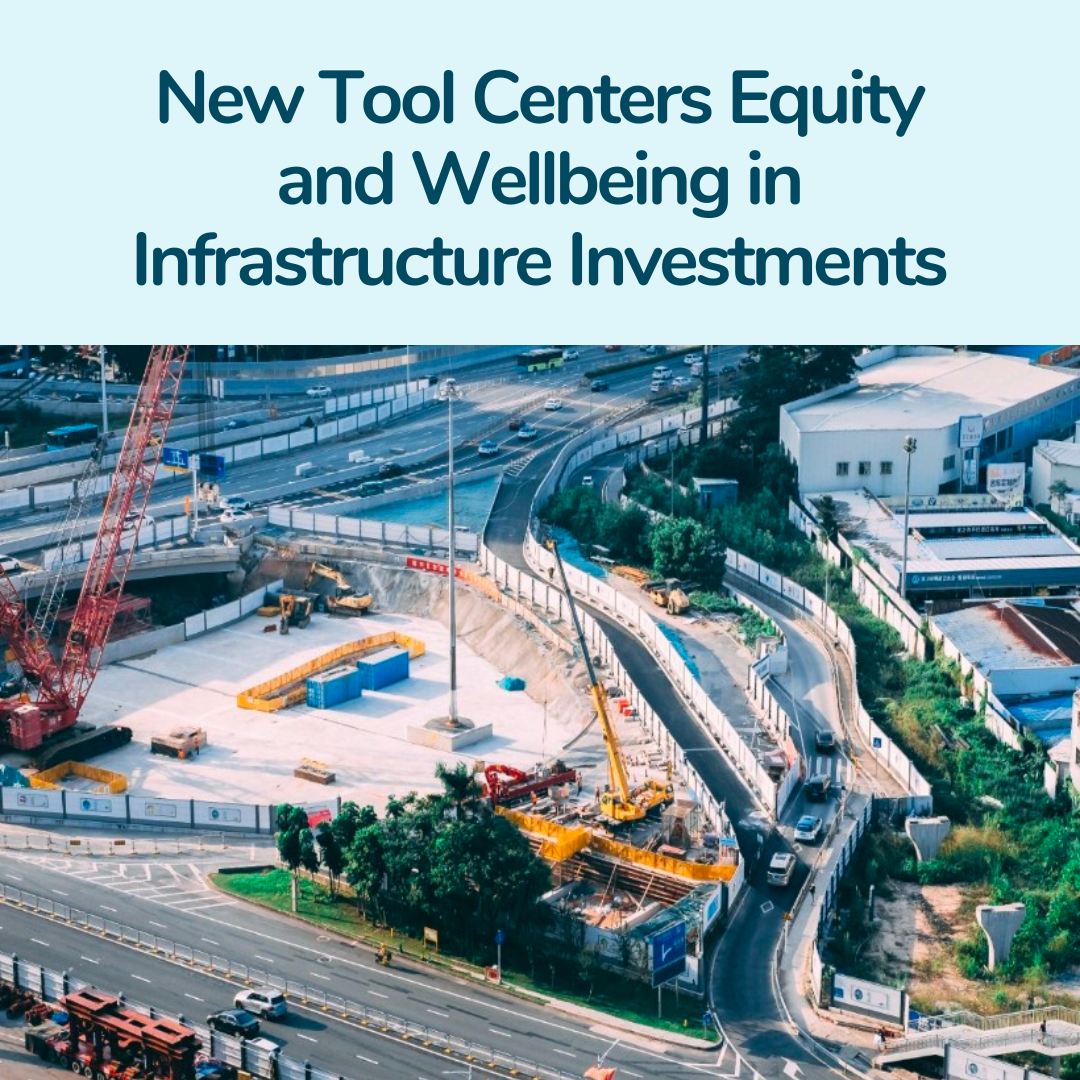
Infrastructure investments aren’t neutral. Imagine a future where people’s wellbeing is the starting place for how decisions are made about what, where, when and even whether we build. Our new tool is a step towards that future.

Learn how we partnered with the City of Cleveland to transform its approach to development projects by implementing our Wellbeing Insights, Assets & Tradeoffs Tool (WIATT) to prioritize wellbeing and equity.
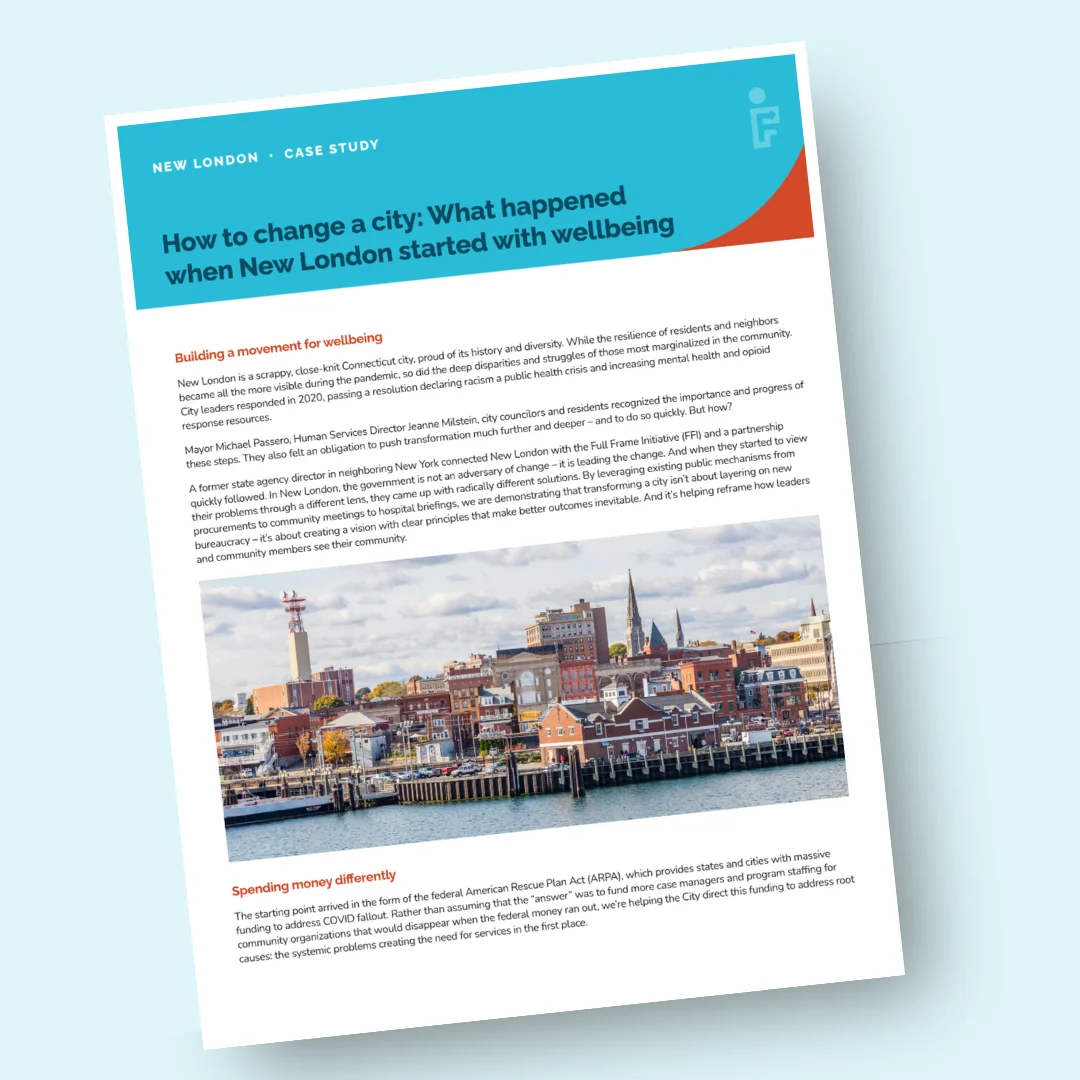
Learn how we partnered with the city of New London, CT to demonstrate how you can transform a city to focus on wellbeing – without layering on new bureaucracy.